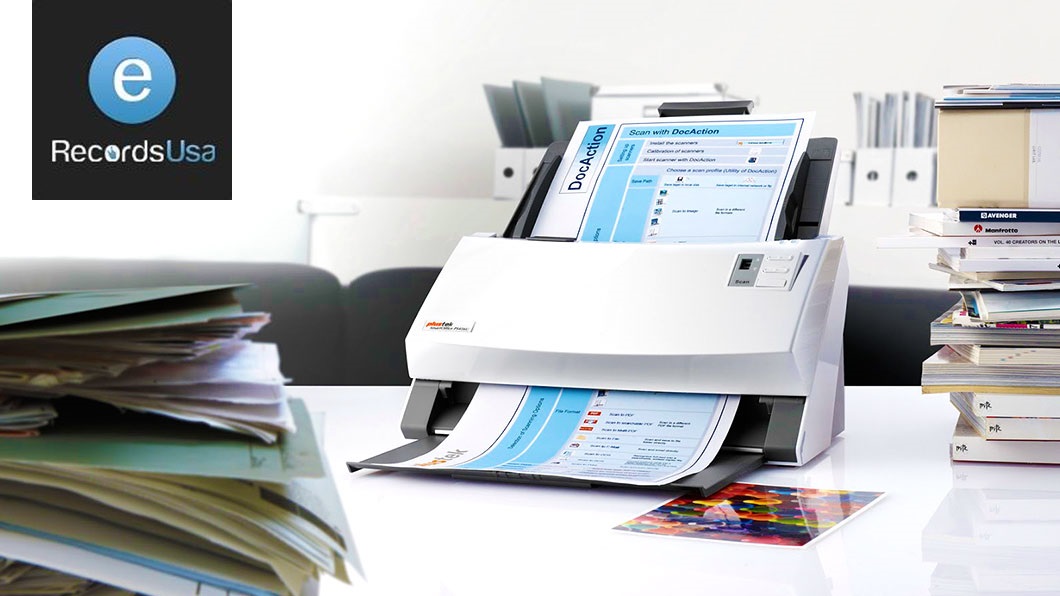Microfilm Scanning and Conversion
Microfilms are rolls carrying data in image form. The conversion method is used to store sensitive and important data. This data has historical importance.
Microfilm storage techniques are used to store large volumes of data in compressed format. This method reduces the cost of physical storage ensuring an easy and handy data access.
A drive is attached to a PC to read data from the Microfilm. Microfilm technology has advanced over the last decade. It brings new opportunities to store the historical data of large volumes in the form of images of compressed size.
However, image quality is the major consideration during the entire conversion process.
Here in this post, we are discussing the effective and high-quality conversion of digital images into microfilms. Let’s learn about the process in detail.
Why convert digital images to microfilm?
Many cities, county, and state government departments are now opting to create an alternative file format other than digital copies for a safer side. The confidential or important data is stored in the form of microfilms as a backup copy.
Historical records and confidential data storage is a sensitive issue. That’s why after the advancement of digital technologies, a physical copy is still in use.
Microfilm creation is a cost-effective, relaxed and simple method. That’s why this alternative storage technique is popular. The readability of the data is clear and there is an easy method to convert the microfilms back to digital copies.
Benefits of Converting Digital Images to Microfilms
There was a time when the microfilms storage method was at the peak of its popularity due to its versatility and longevity. With the evolution of digital copies, it has become a secondary storage technique. Digital methods such as OCR scanning and cloud storage are more prevalent.
With a reduced risk of data loss, microfilm storage offers various benefits and they are:
- They are easy to manage so businesses don’t have to worry about losing the data.
- Hard copies can store large image formats in a compressed way maintaining the quality of the image. The natural compression techniques used in microfilm conversion are quite useful for large files such as engineering drawings.
- If the purpose of data storage is to just preserve data for archival purposes, microfilm is still a cost-saving method.
Steps to convert digital files into Microfilms
- Identify the digital files (formats like PDF, JPEG, etc.) that need to be converted to microfilm.
- Create a logical order to convert the images and check their readability.
- Once the digital images are ready, pick up a microfilm writer of high-quality supporting a microfilm roll with 16 or 35mm dimensions and start the exposure process.
- Once the data reading is completed, send the microfilm for processing. The processing step is done using chemical exposure.
- Once the images are stored in film, the film is checked for quality issues.
If all goes well, you have completed the microfilm conversion project.
Hardware required when converting digital files to microfilm
With the advancement in microfilm creation technology, archive writers directly convert digital documents to microfilms. The labor, time, and efficiency in this case increase.
All you need to do is to find a company nearby to do the job efficiently. The entire conversion process is done in two ways:
Roll Film Microfilm Writer – This is specially used for microfilms of 16X 35 mm size. The roll saves compressed images with HD storage.
Microfiche Writers or Com Machines – Com machines are used to create rolls and cards both. the reduced to fit in size techniques naturally compresses the images.
Why choose an ISO-certified scanning agency for the digital conversion of microfilms?
Microfilm conversion is done using writing and digitizing techniques that require expert-level skills and hands-on training. Therefore, it is vital to choose a company doing the microfilm creation work exclusively.
The scanning and digitizing companies have dedicated teams of experts to create microfilms. However, there are a couple of factors involved in converting digital images into microfilms.
Digital to Microfilm conversion is also termed ARCHIVE WRITING. At eRecordsUSA, we offer this service using advanced technologies The high-speed archive writers provide high volume film generation with reduced time.
All microfilms created by us are following the ANSI, AIIM, and ISO standards. Creating microfilm from digital files and images is an activity done by disaster management departments because these films are the easiest way to store data for a longer period. For archival microfilm creation or microfilm to digital file, conversion, you can approach us for reliable, cost-effective service.
Contact us today to learn more about the conversion of your electronic files to archival microfilm.













